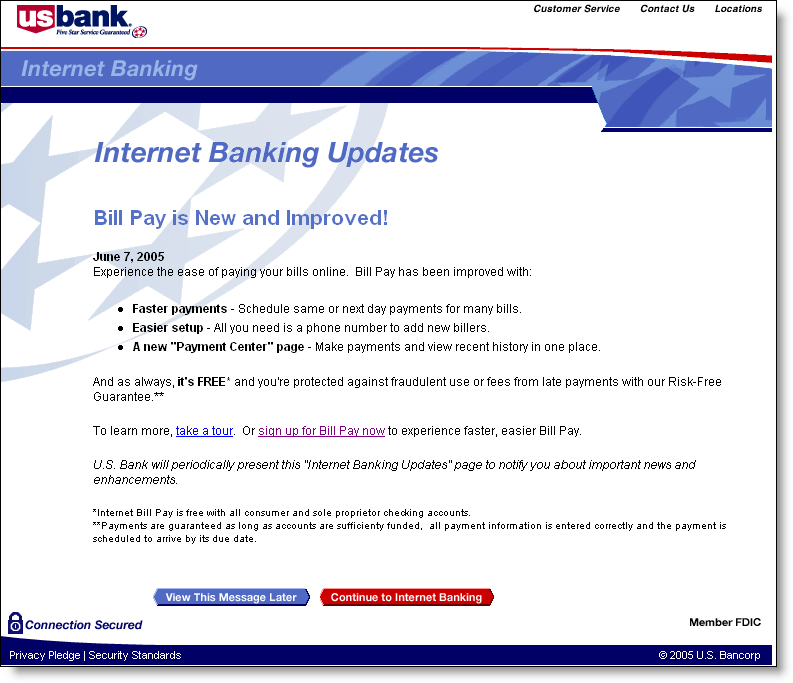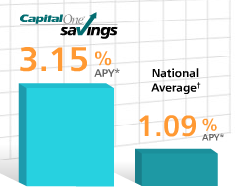JP Morgan Chase and Citibank led all banking and lending companies in online ad spending according to the most recent American Banker survey of financial services spending (May 2005).
Chase’s $50 million in online advertising was 21% of its entire advertising expense, the highest among major banks, and considerably above the 11% online share across all financial services companies. In comparison, Citi’s $49 million spent online was only 9% of its total advertising expense, slightly below the industry average.
NetBank, the 16th biggest online advertiser, was the percentage leader, funneling all but $100,000 of its $4.9 million in advertising into online initiatives. Two other major online advertisers spent more than half their money online last year: ING Direct spending 60% of its $40 million total online, and MBNA spending more than half its $14 million online.
Lending Tree, Quicken Loans, HSBC, Sovereign and East-West Mortgage all devoted about one-third of their advertising into the online channel.
Top-20 Financial Institutions Online Advertisers*
2004 Online Advertising (% of total advertising)*
1. JP Morgan Chase $50 million (21%)
2. Citigroup $49 million (9%)
3. American Express $28 million (9%)
4. Bank of America $25 million (9%)
5. ING Direct $24 million (60%)
6. Lending Tree $22 million (31%)
7. Ameriquest $16 million (13%)
8. Quicken Loans $10 million (33%)
9. Wells Fargo $9.2 million (14%)
10. HSBC $8.3 million (39%)
11. MBNA $7.0 million (51%)
12. Wachovia $6.3 million (7%)
13. E-Loan $6.1 million (21%)
14. NetBank $4.8 million (98%)
15. Discover $4.7 million (6%)
16. GM $3.8 million (4%)
17. Royal Bank $3.2 million (12%)
18. Sovereign $2.8 million (33%)
19. East-West Mtg. $2.7 million (32%)
20. WAMU $1.9 million (2%)
*Banking, Lending, Mortgage, or Credit Card segments only, does not include online brokerage, insurance, or investments.
If you look at the brokerage and mutual fund category, the spending accelerates. Four online brokers Ameritrade ($65 million), Scottrade ($63 million), Schwab ($58 million), and E*Trade $52 million) each outspent even the largest financial institution, and Netstock Direct ($32 million) outspent all but Citi and Chase.
Top-10 Brokerage & Mutual Funds
2004 Online Advertising (% of total advertising)
1. Ameritrade $65 (64%)
2. Scottrade $63 (87%)
3. Schwab $58 (35%)
4. E*Trade $52 (77%)
5. Netstock $32 (99%)
6. Harrisdirect $24 (78%)
7. Vanguard $12 (31%)
8. TD Bank $10 (17%)
9. Fidelity $5.3 (4%)
10. T.Rowe Price $3.8 (5%)
Download the Excel file with more details.
—JB
 Bank of America issued a press release saying that it went live today in Tennessee with its OBR Best-of-the-Web-winning multi-factor authentication system. However, a search of the bank's website, using Tennessee as our state, found no mention other than the "coming soon" paragraph that's been posted for the past several weeks (click on inset to read).
Bank of America issued a press release saying that it went live today in Tennessee with its OBR Best-of-the-Web-winning multi-factor authentication system. However, a search of the bank's website, using Tennessee as our state, found no mention other than the "coming soon" paragraph that's been posted for the past several weeks (click on inset to read). 








 Bank of America
Bank of America

